3.3.4: Stem Modifications
- Page ID
- 27721
Learning Objective
Define and provide examples of the major stem and shoot modifications.
Stems (or entire shoots) of some species deviate in structure and function from a typical stem. These are called stem modifications (shoot modifications). While leaves are part of the shoot, modifications involving just the leaf are discussed separately (see Leaf Modifications).
Rhizomes and stolons are horizontal stems that function in propagation (Figure \(\PageIndex{1}\)). Rhizomes are belowground stems that burrow into the ground just below the soil surface. They have short internodes and usually have small, scale-like leaves that are not photosynthetic. Buds from the axils of the leaves make new branches that will grow to become aboveground shoots. Ginger (Zingiber) and Johnson grass (Sorghum halepense) form rhizomes. Stolons (runners) are aboveground horizontal shoots, which sprout and produce a new plants. Compared to rhizomes, stolons have long internodes. Examples include strawberry (Fragaria), spider plants (Chlorophytum), and Bermuda grass (Cynodon dactylon).
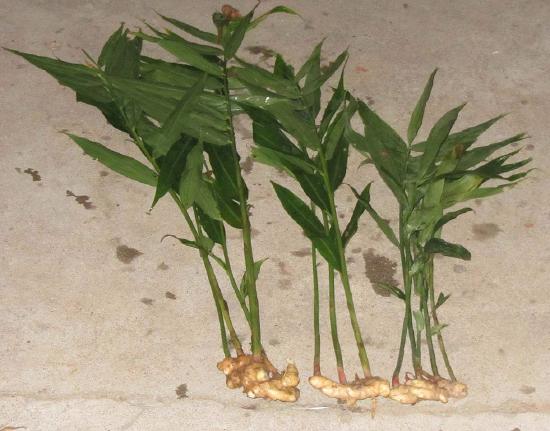

Tubers, corms, and bulbs are modified for starch storage. Tubers, such as potatoes, are thick, belowground stems found at the tips of rhizomes or stolons (figure \(\PageIndex{2}\)). The “eyes” of potato are actually lateral buds, and the tuber body is comprised of many parenchyma cells that contain amyloplasts with starch. Corms and bulbs are modified shoots. A corm is a short, thick underground storage stem with thin scaly leaves (for example, Gladiolus and Crocus; Figure \(\PageIndex{3}\); Video \(\PageIndex{1}\)). A bulb, such as an onion, differs from a corm in the fact that it stores its nutrients in its fleshy leaves (Figure \(\PageIndex{3}\)). Lilies and tulips also form bulbs.
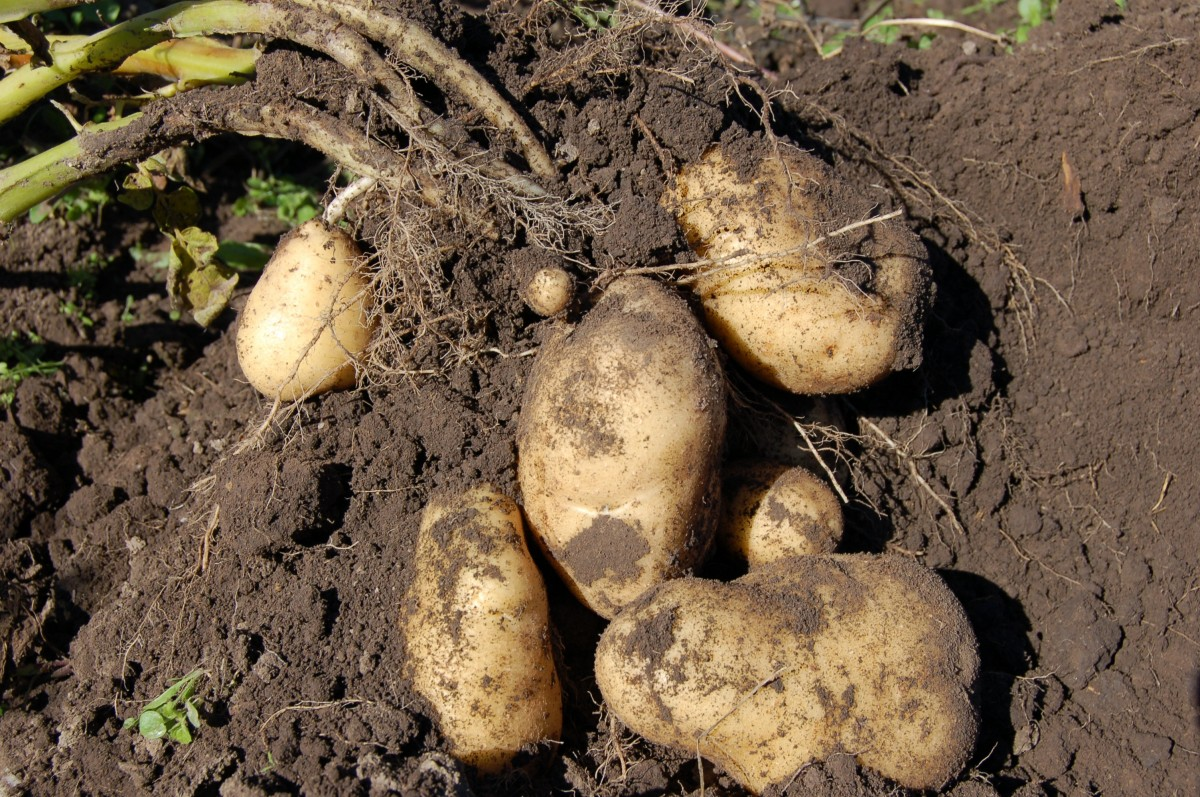


Some plants have sharp, generally narrow projections that function in defense against herbivores. Such structures are called thorns when they arise from an entire stem. Hawthorn (Crataegus) and Bougainvillea produce thorns. In contrast, prickles form from the surface tissues (epidermis and cortex) of the stem rather than the whole organ (figure \(\PageIndex{4}\)). Rose (Rosa) and blackberry (Rubus) produce prickles. Spines are similar structures derived from leaves (see Leaf Modifications).
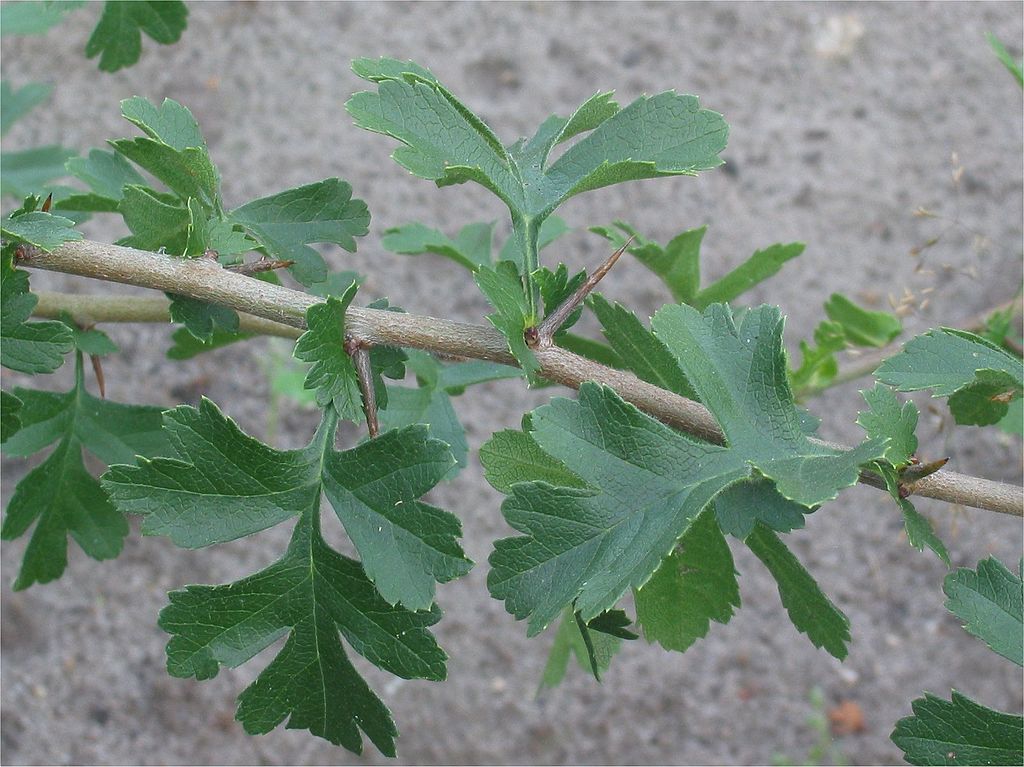
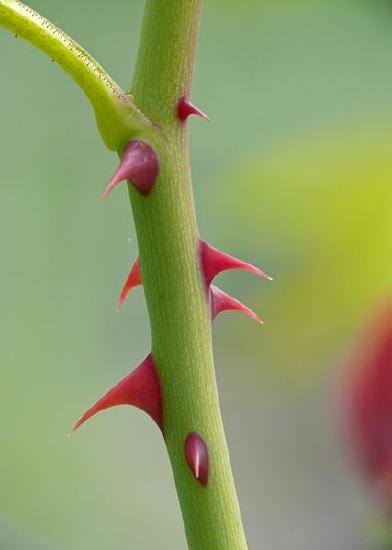
Tendrils are thin, string-like structures that allow the shoot to attach to other surfaces to access light. Tendrils can be derived from stems, leaves, or leaflets, and they are common in vines. Morning glory and sweet potato (Ipomoea), grapes (Vitis), and many members of the cucumber family (Cucurbitaceae) such as cucumbers, pumpkin, and squash have tendrils that arise from stems (Figure \(\PageIndex{5}\)).
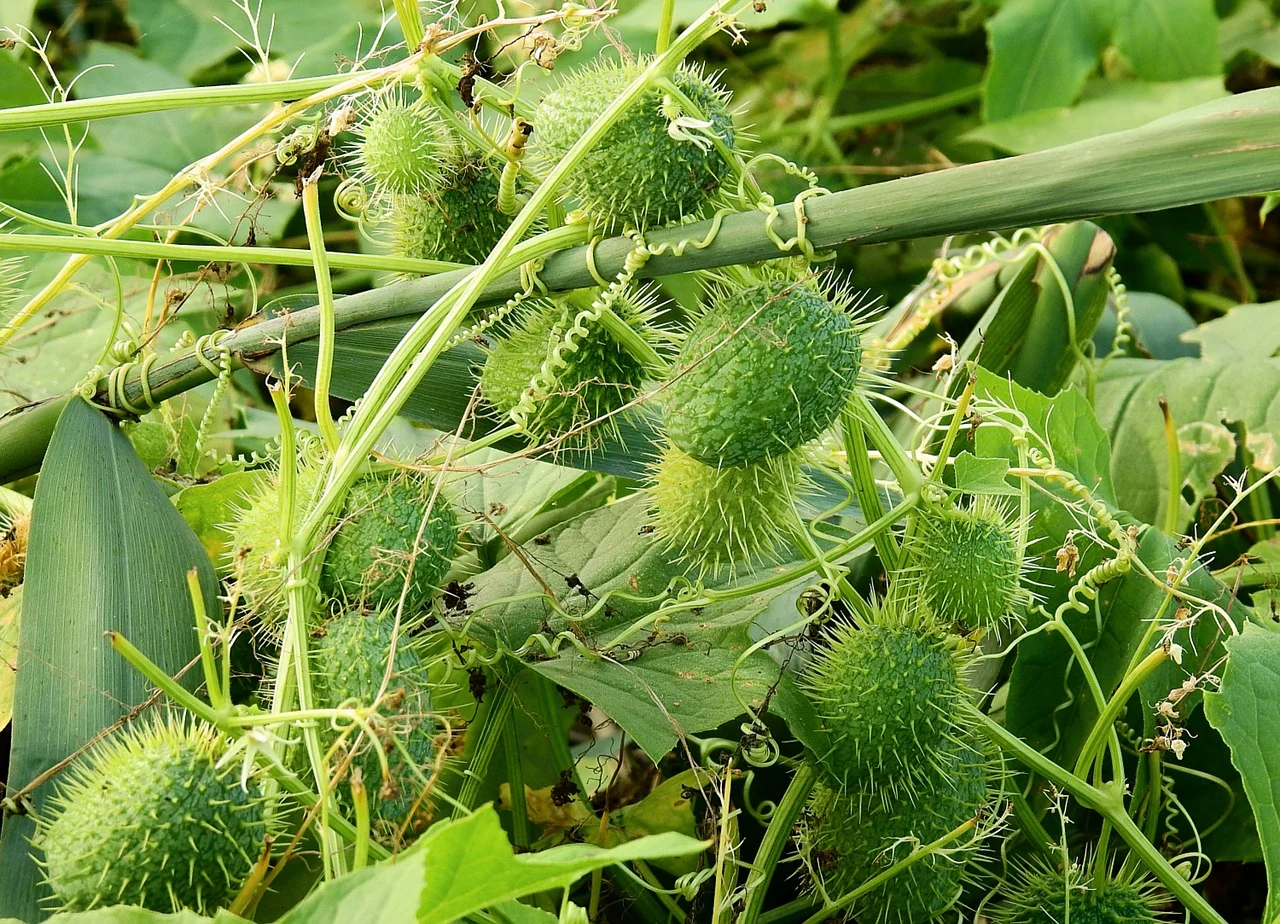
Cladophylls (cladodes) are stems that resemble leaves in function and appearance, arise from the axils of a shoot, and have determinate growth (stop growth after reaching a certain size). They may be cylindrical (Asparagus; Figure \(\PageIndex{6}\)) or flattened (butcher's broom, Ruscus; figure \(\PageIndex{7}\)). Phylloclades are flattened stems that resemble leaves that can continue growing indeterminately (Figure \(\PageIndex{8}\)). They are subtended by reduced, scale-like leaves. Examples include prickly pear cactus (Opuntia), Christmas cactus (Schlumbergera), and ribbon plant, Homalocladium. Phyllodes are similar are similar to cladophylls and phylloclades, but they are modified petioles (see Leaf Modifications).


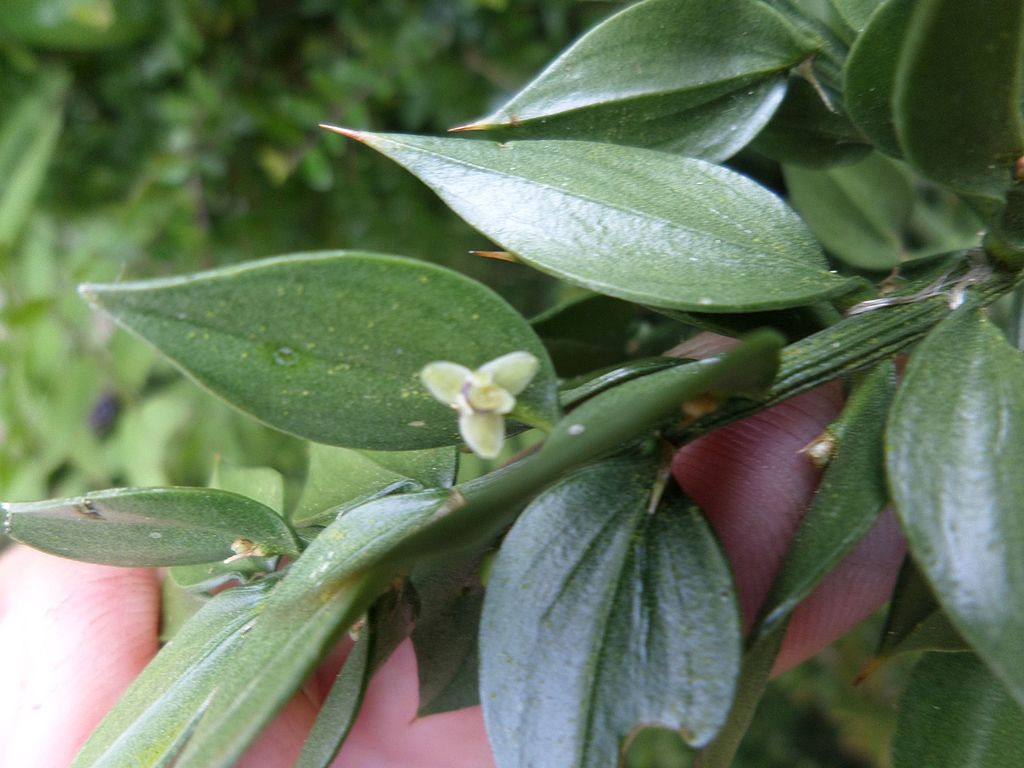
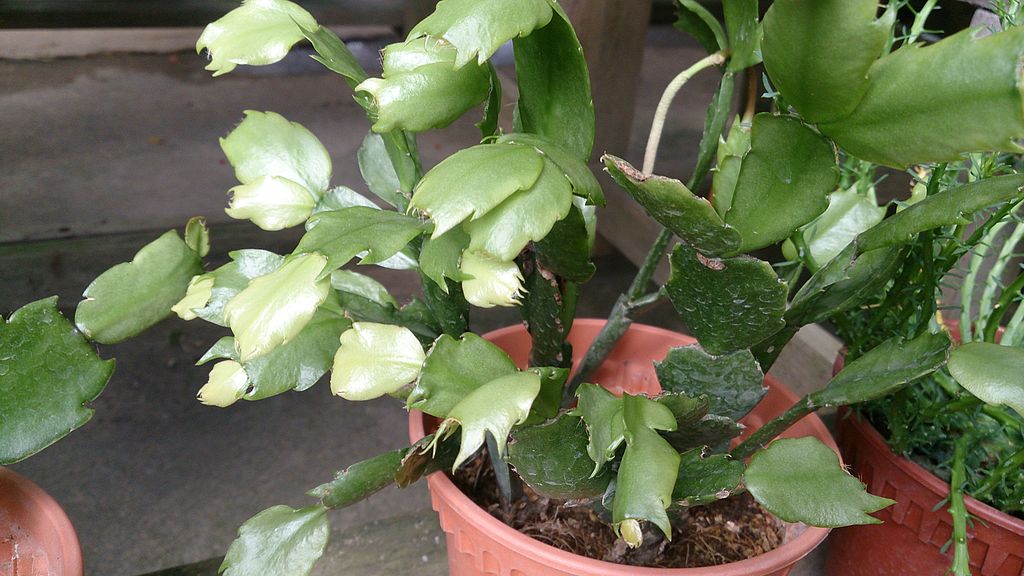
Some shoots are modified as insect traps are used by some carnivorous plants, such as bladderwort (Utricularia; Video \(\PageIndex{1}\)).
Video \(\PageIndex{1}\): This video shows a waterflea caught in a bladderwort insect trap. This video has no sound. Here is a description of what occurs during the video: Bladderwort and water fleas. Taken through a Leica microscope 60X objective- standard microscope lighting. The water fleas are tiny crustaceans, and they are swimming around in slow motion. At 3:50, one water flea is about to get caught. It swims into the cup-shaped leaf and escapes. A slow-motion replay of that moment shows the leaf close around the water flea temporarily before it escapes.
Attributions
Curated and authored by Melissa Ha using 7.4: Modified Shoot from Introduction to Botany by Alexey Shipunov (public domain)


